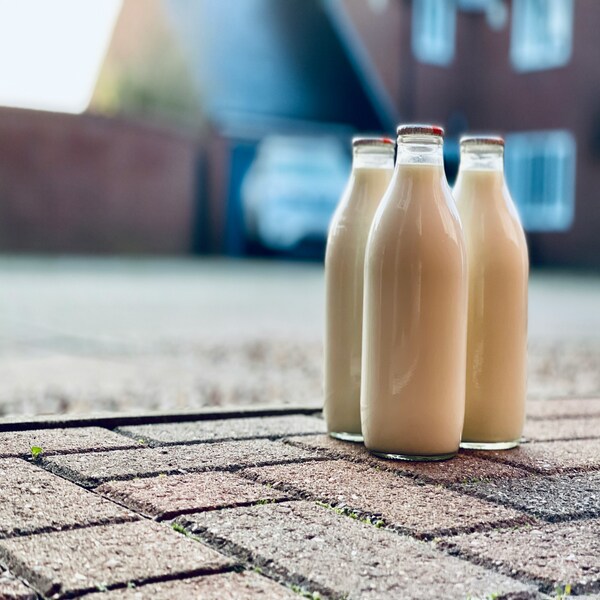How climate change is already impacting agriculture and what to expect in the future
Despite the agri-sectors net zero aims by 2040, there’s no avoiding the fact that the climate crisis is already impacting farming, and that climate related disruption to the industry is set to continue.
In the last year alone, UK crop and livestock producers had to navigate the hottest days the UK has ever seen, alongside dealing with floods and droughts, and an unprecedented outbreak of avian flu that has been raging since 2021.
And with what might seem like an unusually challenging year looking likely to become par for the course, with extreme weather becoming increasingly the norm on our formerly temperate isle, the effects of climate change are set to continue to impact the agricultural industry at large.
But are there any positives farmers can glean from the climate crisis, and what further challenges can the sector expect?
Feeling the heat
The effects of increasing temperatures will vary across the UK, with production in cooler, wetter areas potentially initially seeing some benefits from warmer conditions, whilst already warm and dry regions will inevitably see yields impacted as temperatures rise.
This is, in part, because while some crops naturally thrive in longer, warmer growing seasons, others that enjoy cooler conditions or perform less well with early maturation will see their yields drop.
However, if extreme weather, such as extreme heat, drought or flooding – all of which are set to occur more frequently – happen during, for example, flowering, the consequences are potentially devastating for a crop, with the possibility of no seeds at all being produced if crop flowering is majorly disrupted.
Down and drought
Likewise, any potential benefits felt by longer growing seasons in warmer temperatures are likely to be undone as water becomes less available due to heat-induced drought.
As crops require more and more water in order to survive hotter temperatures and droughts, the availability of water for food production will probably become scarcer.
Drier soil conditions could also decrease growth rates and yields, with extended or repeated periods of drought likely to cause tree deaths too.
Animal problems
With heatwaves already on the rise and set to become more common in the future,
it’s not just crops that will be affected. Rising temperatures will also see livestock under increased stress, with dairy cows likely to be particularly at risk.
Heat stress affects animals’ behaviours and health, causing lower fertility rates and a decrease in milk production, as well as a general decrease in immune health, making animals more susceptible to disease.
Depending on the length and intensity of exposure to extreme heat, heat stress can lead to serious problems in livestock.
Flooding risks
Whilst some parts of the UK are likely to experience more droughts as climate change continues, others are set to face the opposite problems, i.e. flooding and increased rainfall.
With changing rainfall patterns and flooding caused by both torrential rain and rises in sea-level set to increase, coastal areas could see further losses of agricultural land, whilst crops in other low-lying areas could experience waterlogging, soil erosion and compaction.
Changing seasons, with wetter autumns and winters, also look set to affect the timings of land management operations adversely.
Pests and disease
Warmer, wetter weather could also bring problems from pests and diseases, as the areas pests are found in, as well as their numbers, increase.
The potential for the emergence of novel diseases due to changes in climate conditions also poses a threat to animal health and agriculture, with some diseases likely to be zoonotic.
Any rays of light?
Whilst there is a lot to be concerned about, there’s also a lot already happening across the sector to meet the challenges of climate change, with adaptation and anticipatory action key to building resilience to sustain the sector and maintain food production through climate change’s uncertain future, on top of the industry’s transition towards net zero.
The more prepared for changes and challenges the sector can be, the better individual businesses, animal health, and agriculture as a whole will cope with continuing to produce food and make a living in potentially fast-changing circumstances.
A proactive approach incorporating key factors – such as making livestock systems adaptable to new environments, increasing crop variety, using new genotypes to find resilient plants able to survive and thrive in difficult environments, adoption of regenerative techniques, utilising new technologies and infrastructure – are a great step towards managing future risks and ensuring food production can remain robust and resilient in the face of the impacts of climate change.





